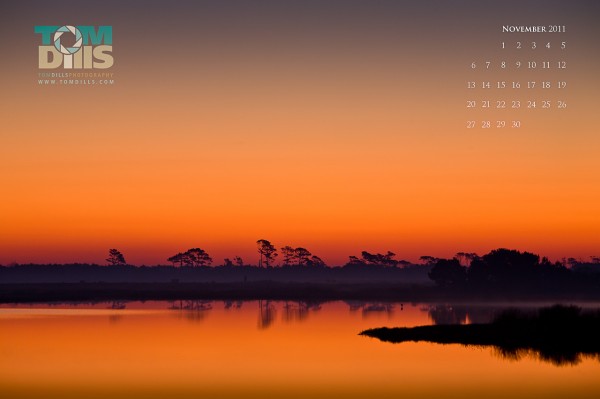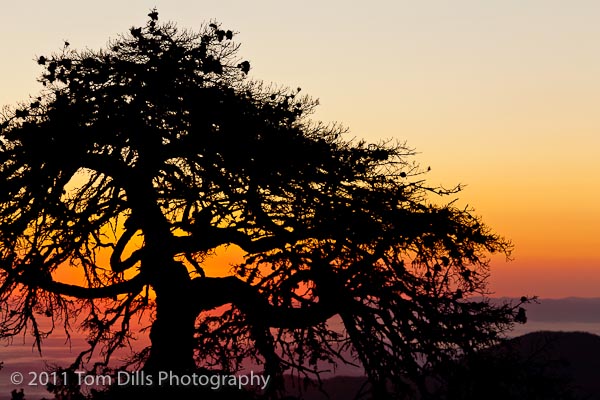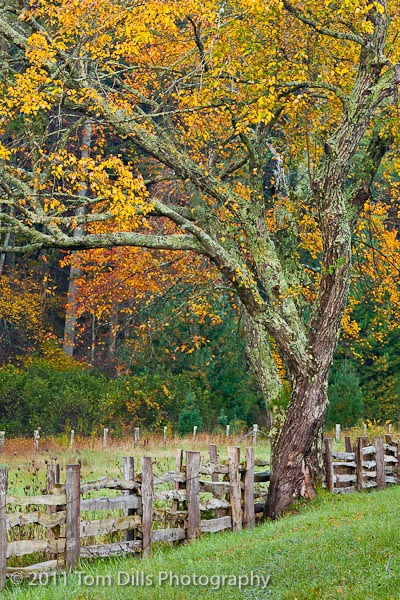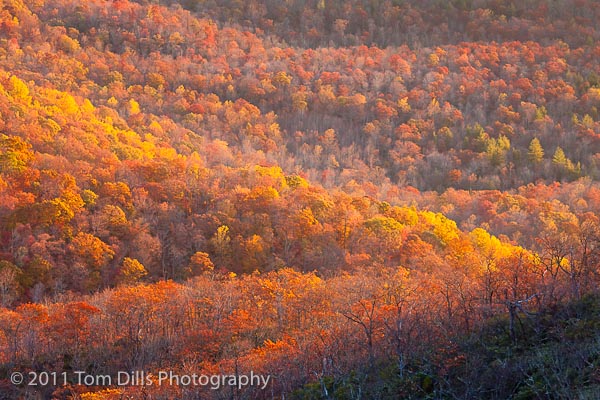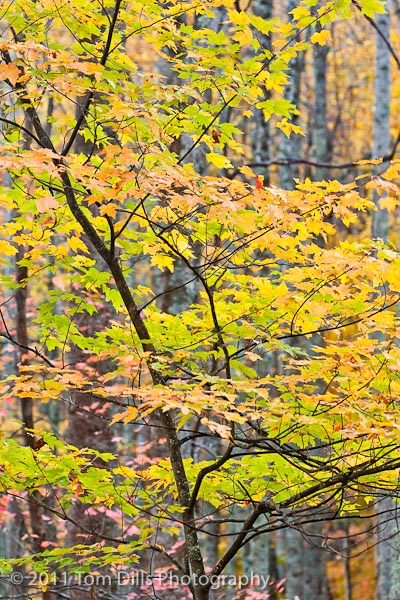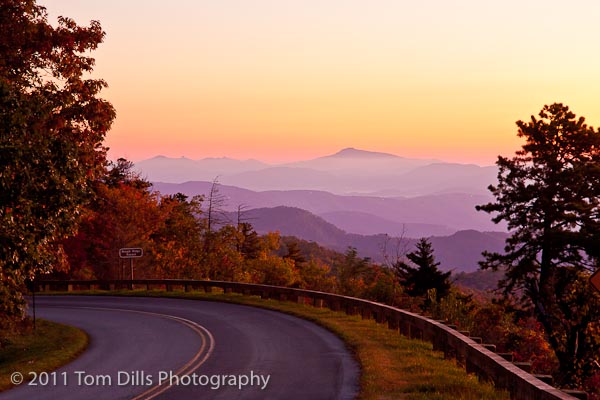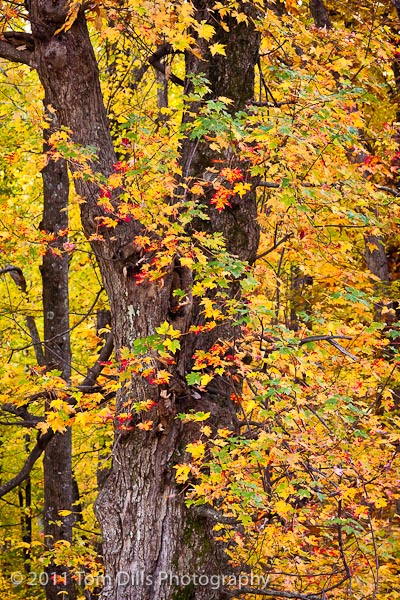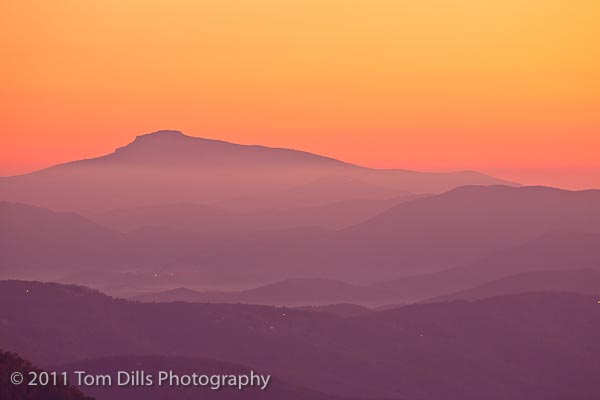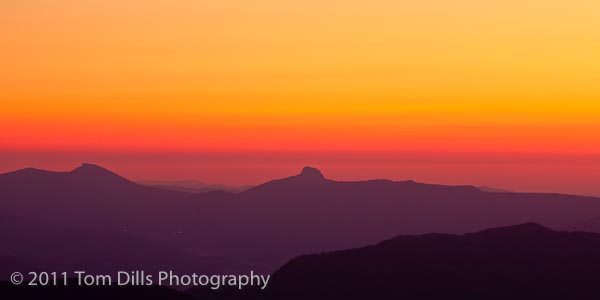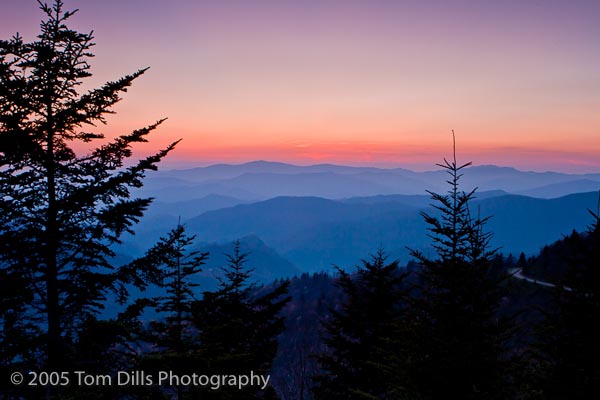
I’m finishing up a long-overdue read of Alain Briot’s book “Mastering Landscape Photography.” It’s a very good book but one I never got around to buying until recently, when he made his 3 books available as e-books. Click here for information on buying your own. Needless to say, I am really liking e-books.
One of the sections of the book I found most interesting was the section titled “How to Establish a Personal Photographic Style.” I find that subject interesting because it is a subject I have thought about and struggled with for quite some time. I struggle not so much about whether or not I have a personal style, but rather about whether a personal style can be “developed” or whether it just “is.” Briot’s second book in the series, and the one I will read next, is titled “Mastering Composition, Creativity and Personal Style.” I can only assume he goes into more detail in that book and I am looking forward to reading it.
The thing that I find most fascinating about the discussion of personal style is that it almost always seems to take the approach that style is something you can influence consciously, as suggested by the various terms: words like develop, master, enhance, define, improve and discover are often used. But so far I haven’t been convinced that that’s the case. I agree that someone’s personal style can be influenced by things like looking at other people’s work, learning about the expressive and artistic approaches to creativity or by expressing emotional content in our work. For me though, personal style is what results from the way I see, the way I feel and the stories I want to tell.
A lot of photographers create very identifiable photographs. It surprises me how often I look at a photograph on a website or in a magazine and know whose it is. The work that has the most impact (to me) is the work where the composition, lighting, and emotion define the “look” of a photograph. Michael Kenna, John Sexton, Galen Rowell, Annie Leibovitz have very identifiable personal styles. Closer to home, I can often identify a Kevin Adams image in a heartbeat. The same is true with Bill Lea, Don McGowan or Les Saucier. That is partly because I am familiar with their work but also because they each have a style that I recognize. This is not a rare occurrence either. I have a number of other friends – far less famous but still excellent photographers – whose work I can easily identify.
Can personal style be a result of software or processing? I suppose so, but while others will certainly disagree I’m not entirely convinced that software alone can make a style. The underlying photograph must be compelling on its own, and the software is used as a tool to realize the photographer’s overall vision. That opinion stems from my belief that software will never make an otherwise ordinary image compelling. I’d almost be more inclined to say that software can dilute a style if not used well, although I suppose photographs that are “overdone” can still be identifiable, just not necessarily in a good way.
Can you really change or influence your personal style? That is an excellent question and the core of my exploration. If you photograph what you love or something you have an interest in, you are attracted to subjects that somehow appeal to you personally. You respond to the subject in your own way and the photographs you take reflect your reaction to whatever it was that drew you to make the photograph. Since our creativity is influenced by numerous factors, the way we photograph will naturally reflect that influence. Our reaction and how we respond to a subject is based on our true feelings and reflects everything we know and believe. And while I’m not an expert on this and am probably not explaining it adequately, it seems to me that if you try to “force the issue” by trying to take a photograph in a way that is somehow foreign or unfamiliar to you, the chances are very good that the results will reflect this and somehow appear, shall we say, insincere. The image will fail by being not genuine.
I was told a number of years ago that my own photographs were recognizable, that they had a “style” that identified them as mine. I believe that and know that to be true. But I also feel that my photography has changed since then. I don’t think I take the same photographs that I took 8 or 10 years ago. But I didn’t set out to “change” my personal style. My approach to photography has changed, my vision has evolved as a result of many influences and my photographs – I think – are different.
I have a print by Les Saucier titled “Fern Herd.” Les told me that “Fern Herd” represents a turning point in his photography, because when he made that photograph was when he recognized the importance of relationships in his photography. I’m not sure that I could point to a specific photograph of mine that represents such a turning point, but if I look at a typical “Tom Dills” photo from several years ago and compare it to a “Tom Dills” photo of today, I feel like there is a noticeable difference. Whether they are both identifiable as “mine” remains to be seen and is probably not something that I am best qualified to answer. A lot of my earlier photographs were dramatic landscapes with sunbeams and clouds and great color – “Magic Moments” if you will. Today the work that most appeals to me tends to be work that is quiet and contemplative. I still get my share of sunbeams, but I spend a lot more time looking at intimate scenes, working more with composition, relying on more intimate scenes with lines, shapes and patterns to define my work instead of wide-angle grand scenic landscapes with dramatic clouds and god-beams.
I know that my personality has changed over the last 10 or so years. I suppose that just means that I have matured, but in general I find myself more relaxed. I like to take things slow and easy. I seek peace and quiet and time to think. Is that reflected in my photography? I sometimes wonder if non-photographic influences have been more of a factor than the photographic ones. Do the dramatic scenes represent the noise, the confusion, the voices that accompany the beginning photographer, while the intimate quiet scenes reflect the confidence that comes with mastery of the medium? Or do the differences reflect my own mental state of mind over that timeframe? I don’t think I’m qualified to answer that but the question is fascinating.
Is there a conclusion to all this? I don’t think there can be. Everyone’s personal style is just that – personal. And I believe it is constantly evolving. I don’t think – at least not at this point in time – that it’s something you can think about while you are out making photographs. In fact I think if you tried it would be such a distraction that you would only get confused and frustrated. I know there are as many opinions on this as there are photographers, but I think personal style is a characteristic or result of the feelings we have combined with everything that influences us, rather than something that obviously or consciously influences our work while we are doing it. It’s a fascinating topic and one that I think is worth continued and further research.
I’m looking forward to reading that next book.
